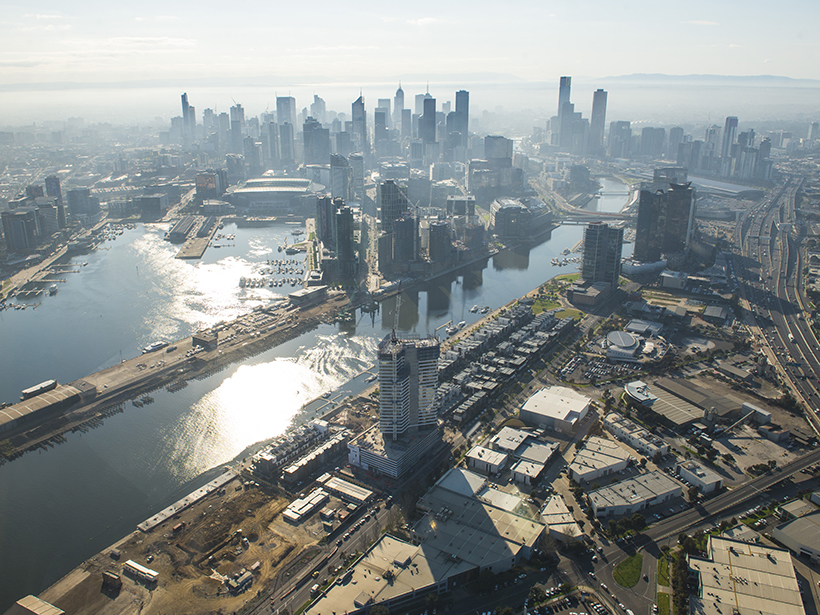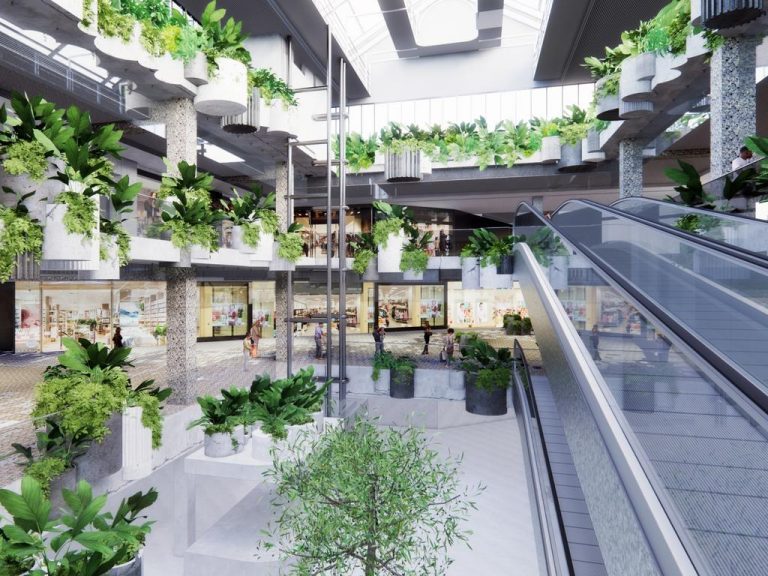12-month outlook: What’s in store for commercial property?

While the residential sector is starting to slow, commercial property is moving along its own path.
Investment has been strong for some time now, tenant demand is high and there are few signs of an overheating market.
What are some of the key trends for the year ahead? REA Group Chief economist Nerida Conisbee shares her commercial property predictions.
Less competition for assets
While investment volumes are down, this is being driven by a lack of stock, as opposed to there being fewer buyers. Competition for commercial property is hot, but there’s good news on the horizon as the market is likely to cool over the coming months due to a number of factors.
Firstly, new capital controls have been introduced by the Chinese Government and we’ve started to see the overflow effect on investment levels in Australia. With offshore investment in property on China’s restricted list, this will reduce the number of foreign buyers looking at Australian property.
Secondly, some investment groups consider now to be the top of the investment cycle and are taking a ‘wait and see’ approach to the market. This will continue for some time and we can expect it to reduce investment demand.

Competition for commercial property is expected to weaken.
Price growth to moderate
Less competition for assets means that price growth will moderate.
At the peak of the previous investment cycle, yields for many office buildings dropped below the 10-year bond rate. The gap is still substantial, which supports a more sustainable market. With price growth moderating, we can expect to see a prolonged investment cycle that is likely to be pushed out further than a rapidly overheating market.
More commercial development
Residential development has been red hot, however this is now starting to cool down and will continue to slow, with fewer Chinese developers looking for sites.
Meanwhile, the commercial leasing cycle is only just getting started, which will drive more office development. Sydney and Melbourne will be the main beneficiaries of growth, while other markets that already have high vacancy rates will likely see limited activity over the coming 12 months.

Amazon is set to shake up Australia’s retail industry.
Amazon to continue to change investor activity
Amazon has the potential to have an enormous impact on shopping centres as more retail owners look to move their business online. It’s therefore likely that we’ll start to see more shopping centres come onto the market, however not all centres will be impacted equally or immediately. Those that offer lifestyle benefits are likely to perform better than those centres that shoppers would more happily avoid if given the opportunity.

US President Donald Trump. Picture: Getty.
Continued threat from geopolitical risk
The US presidency continues to become more chaotic and the UK economy is slowly grinding to a halt ever since the Brexit announcement.
At the moment, Australia continues to show solid economic growth and a strong commercial property market. However, it’s unlikely we will remain immune to what is occurring overseas. Whether this will be because of rising interest rates in the US, or disruption to global trade, the threat of geopolitical risk will continue.
Tech continues to drive tenant demand
Technology companies are a huge driver of tenant demand, which we can expect to continue over the coming years. While multi-national tech players seem to show a preference for Sydney’s CBD, local firms are making a move to Cremorne and Richmond in Melbourne’s inner east.
Both Melbourne and Sydney offer what these groups are now looking for: access to staff. Office space designed specifically for these groups will follow with heightened demand.







